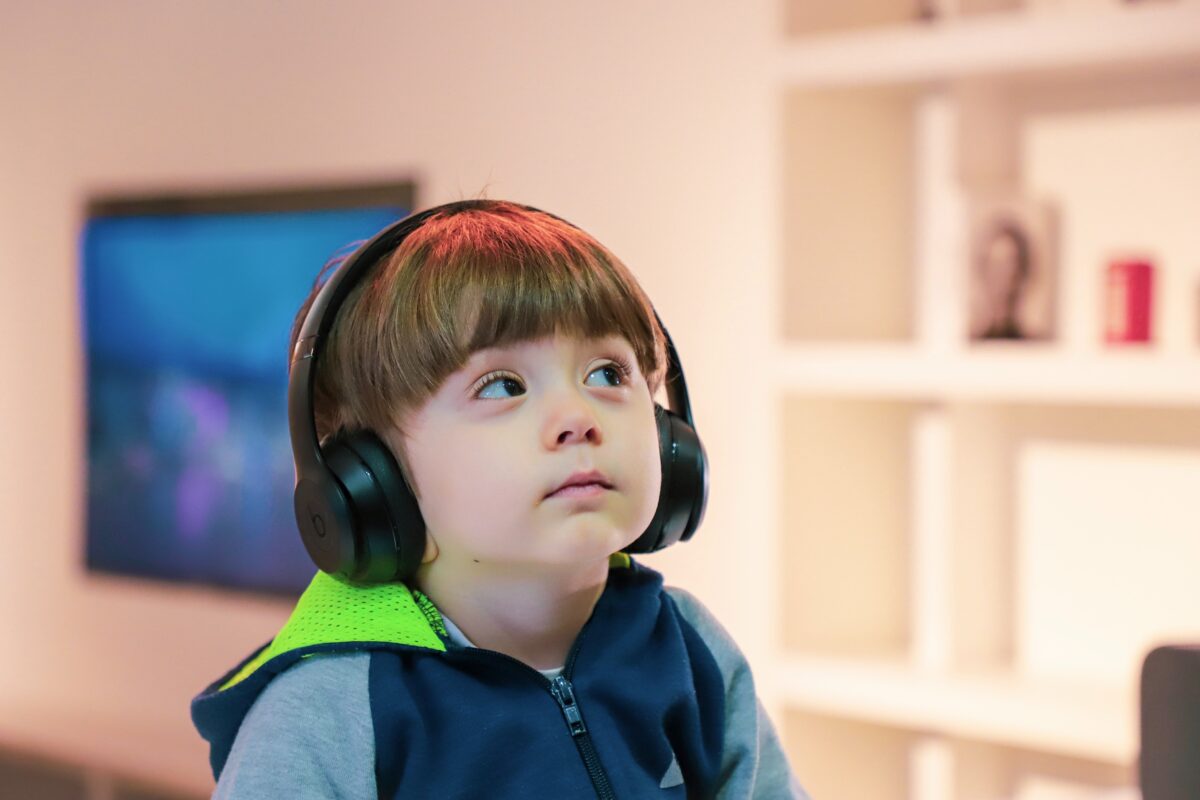What Is ABA Therapy?
STEPONE > What Is ABA Therapy?

- October 31, 2021
- StepOne
In the United States alone, 1 of every 44 children lands on the autism spectrum. This number has been steadily increasing due to medical science’s improved ability to diagnose autism based on early warning signs.
Despite growing awareness, many parents of children on the autistic spectrum are not aware that therapies such as Applied Behavior Analysis (or ABA) can help children improve their learning and social skills.
In this article, we define and discuss ABA therapy to improve awareness of this potentially life-changing therapy for parents of children on the autism spectrum.
The Origin of ABA Therapy
ABA was first used as a therapy for a child with autism in 1964. Since then ABA has grown to treat individuals with developmental disabilities and autism across their lifespan. The goal of aba therapy is to improve cognitive, language, social, and self-help skills. ABA has shown to be effective in teaching people to function in their home, school, and community.
How Does ABA Therapy Work?

ABA therapy is conducted by a Registered Behavior Technician (RBT) and is overseen by a Board Certified Behavior Analyst (BCBA). The RBT and BCBA work with the child (adults can benefit from the therapy as well) on reinforcing productive behaviors. ABA therapy starts small, rewarding skills such as getting dressed and teeth-brushing.
Later, ABA therapy focuses on social and learning skills, which can be particularly challenging for people with autism. However, the therapy is so well-supported by research that it is considered the first line of treatment for anyone diagnosed with autism.
How Do I Know If My Child has Autism?
Autism has several early warning signs that could help parents begin early intervention. Common signs include a child who avoids making eye contact, is slow to respond to their name, avoids socializing, obsesses over limited interests, or develops more slowly than their peers.
These signs should warrant a visit to a specialist so that treatment can begin early. Some caregivers may miss the signs of autism, which makes their child’s social and mental development even more difficult in the long run.
The earlier a child is diagnosed with autism, the better chance that ABA therapy has of helping them communicate, learn, and grow in the future.
For more information, please visit the CDC’s website.
How Can ABA Therapy Help?

ABA therapy’s benefits go beyond helping children with autism develop new behavior. The therapy has been shown to improve language skills, attention, social skills, and memory over the long term. At the same time, it allows therapists to address a child’s unique problem behaviors to help them adapt to their daily routine.
ABA therapy adapts to the needs of each child. It can be provided in a facility, the child’s school, or even their home. In certain situations, group therapy is a possibility, allowing parents to connect and help their children build social skills even as the therapy is happening.
Is ABA Therapy Available in My Area?
Many parents do not realize how readily available ABA therapy is, or the many payment options they can take advantage of. ABA therapy is based on empathy, tailoring the treatment for a complex condition to each child’s needs. It is regularly available in most areas to make sure that no children are missed.
At StepOne, we offer center-based, home-based, teletherapy, and in-school autism therapy services. We do not provide autism diagnoses for children, adolescents, and adults.
StepOne has ABA Learning Centers in Pittsburgh, PA, and Scranton, PA. Please Contact Us to learn more. We look forward to hearing from you!
